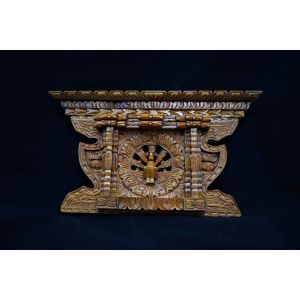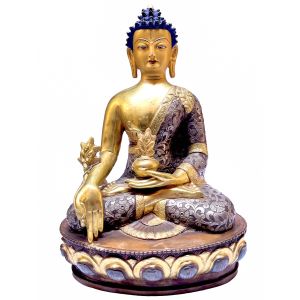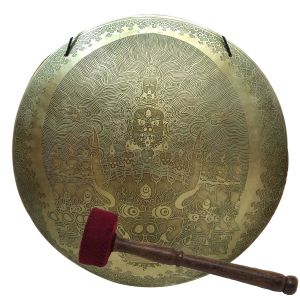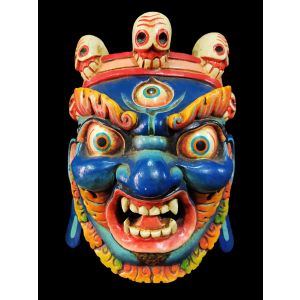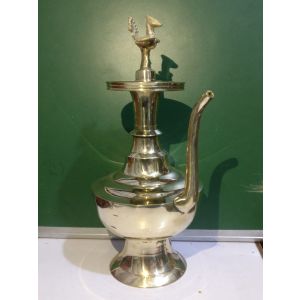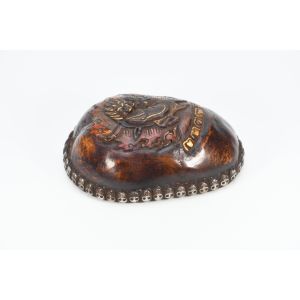Masterpiece , Sterling Silver, 1500 Gram Statue of White Tara, Old Stock
| Seller | Handmade Handicraft |
|---|---|
| Product Tags | Handmade, Handicraft, Craft, Statue, Idol, Sculpture, Hinduism, Silver Sterling, Tara, White Tara, White Tara Statue, Statue of White Tara |
| UK Size | 4 |
| Seller | Admin |

